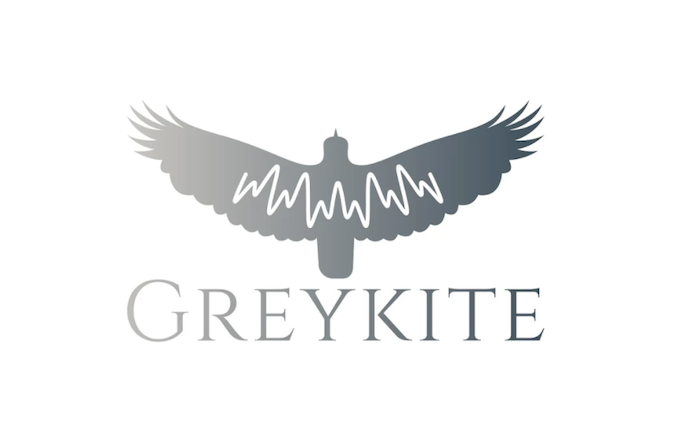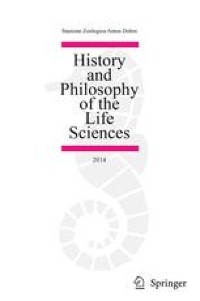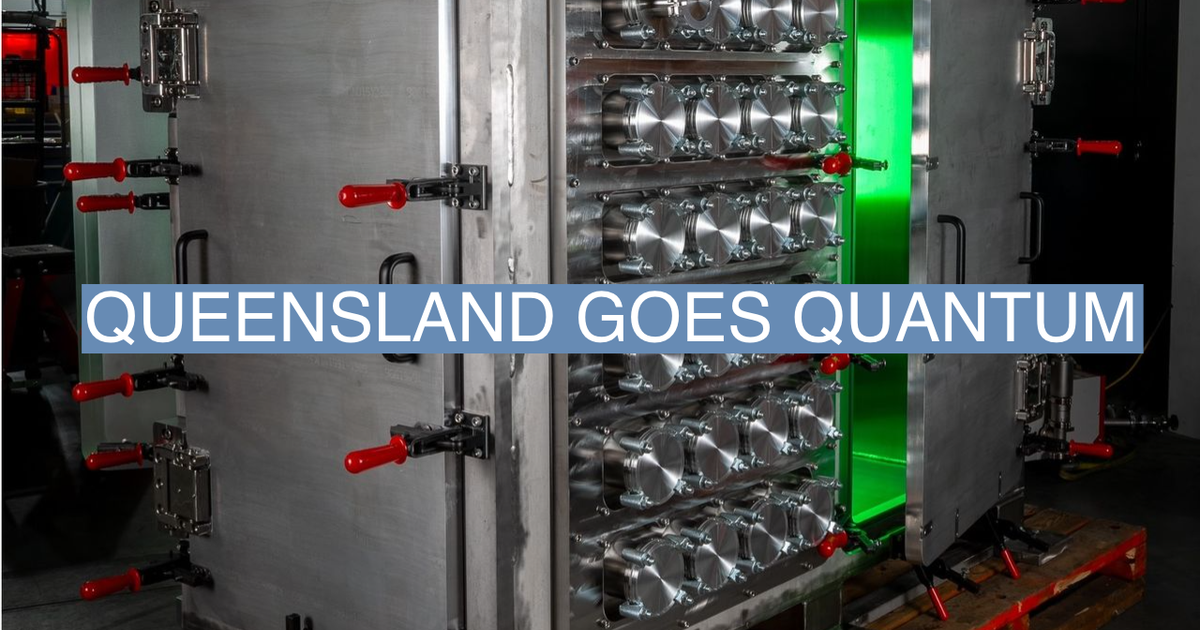
A dual-receptor model of serotonergic psychedelics: therapeutic insights from simulated cortical dynamics
Serotonergic psychedelics have been identified as promising next-generation therapeutic agents in the treatment of mood and anxiety disorders. While their efficacy has been increasingly validated, the mechanism by which they exert a therapeutic effect is still debated. A popular theoretical account is that excessive 5-HT2a agonism disrupts cortical dynamics, relaxing the precision of maladaptive high-level beliefs, thus making them more malleable and open to revision. We extend this perspective by developing a theoretical framework and simulations based on predictive processing and an energy-based model of cortical dynamics. We consider the role of both 5-HT2a and 5-HT1a agonism, characterizing 5-HT2a agonism as inducing stochastic perturbations of the energy function underlying cortical dynamics and 5-HT1a agonism as inducing a global smoothing of that function. Within our simulations, we find that while both agonists are able to provide a significant therapeutic effect individually, mixed agonists provide both a more psychologically tolerable acute experience and better therapeutic efficacy than either pure 5-HT2a or 5-HT1a agonists alone. This finding provides a potential theoretical basis for the clinical success of LSD, psilocybin, and DMT, all of which are mixed serotonin agonists. Our results furthermore indicate that exploring the design space of biased 5-HT1a agonist psychedelics such as 5-MeO-DMT may prove fruitful in the development of even more effective and tolerable psychotherapeutic agents in the future.
Leave a Comment
Related Posts
Picture This: A National Climate Change Viewer that Helps Land Managers and Decision Makers Plan for Climate Change
Comment




















